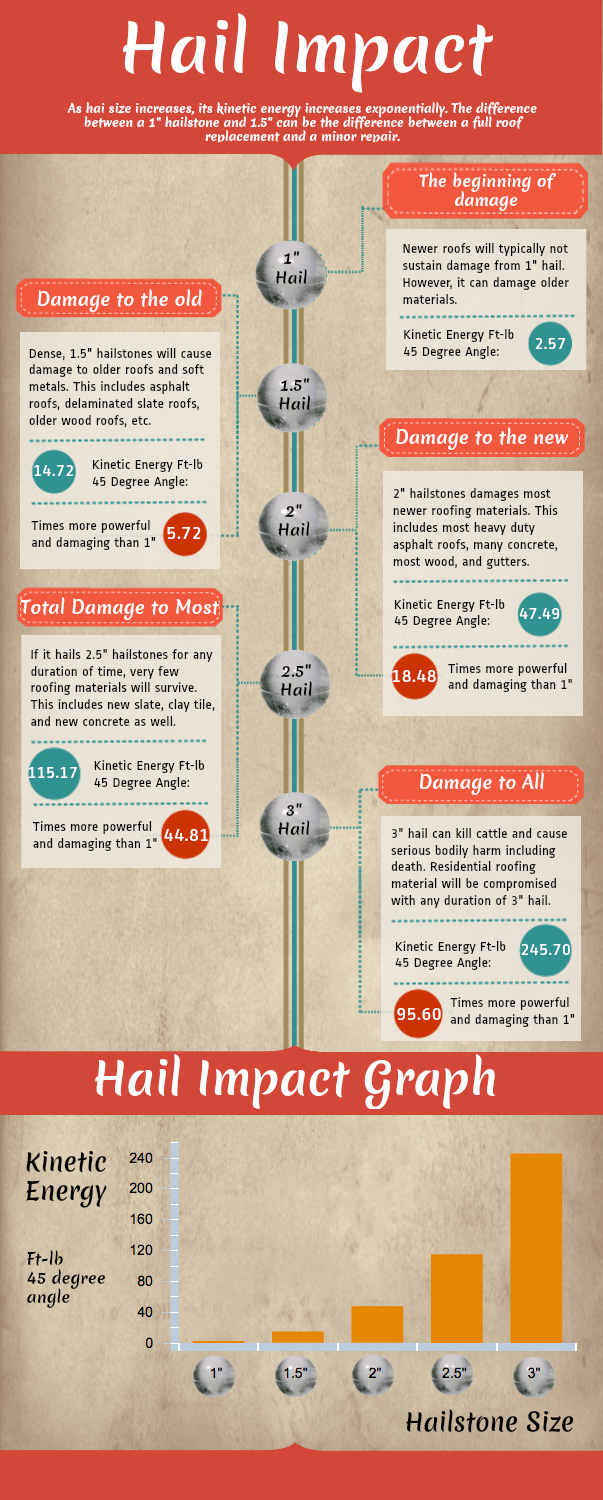Ignoring The Significance Of Roofing Air Flow Can Lead To Considerable Damages; Identify The Vital Aspects That Facilitate An Effective Setup And Protect Your Investment
Ignoring The Significance Of Roofing Air Flow Can Lead To Considerable Damages; Identify The Vital Aspects That Facilitate An Effective Setup And Protect Your Investment
Blog Article
Web Content Written By-Lassiter Ploug
When you're dealing with a roofing project, you may not assume much concerning roof covering ventilation, but it's more vital than you realize. Reliable air flow aids manage temperature and dampness in your attic, avoiding troubles like mold and mildew and structural damages. By comprehending how to design and mount a well balanced ventilation system, you can boost power performance and extend the lifespan of your roof covering products. So, what are the crucial elements to take into consideration during installment that can make all the distinction?
Significance of Roof Ventilation
Roof covering ventilation plays an essential role in preserving the overall wellness of your home. By enabling fresh air to circulate via your attic, it helps manage temperature level and moisture degrees. This equilibrium is necessary to prevent heat buildup during warm months, which can result in boosted energy costs as your a/c works overtime.
Furthermore, appropriate air flow considerably reduces the danger of moisture-related problems like mold and mildew and mold. If moisture levels rise, your home's structural integrity can be compromised, leading to costly fixings. You would not wish to deal with decaying timber or warped roof covering products, right?
Additionally, appropriate air flow expands the lifespan of your roofing system. When warm and wetness are kept in check, your roofing system can execute ideally, stopping premature deterioration. This means fewer migraines and expenses down the line.
How Roofing Air Flow Functions
Effective roofing air flow counts on the all-natural movement of air to develop an equilibrium in between intake and exhaust. When you set up vents, you're essentially enabling fresh air to enter your attic while enabling hot, stale air to get away. This procedure aids control temperature level and dampness degrees, preventing issues like mold development and roofing system damages.
Consumption vents, usually found at the eaves, reel in cool air from outdoors. On the other hand, exhaust vents, situated near the ridge of the roofing system, let hot air increase and exit. The difference in temperature level produces a natural air movement, referred to as the pile impact. As warm air increases, it creates a vacuum that draws in cooler air from the lower vents.
To maximize this system, you require to guarantee that the intake and exhaust vents are appropriately sized and placed. If the intake is restricted, you won't accomplish the desired ventilation.
Likewise, inadequate exhaust can trap warm and dampness, causing possible damages.
Key Installation Considerations
When setting up roof covering ventilation, a number of key factors to consider can make or damage your system's efficiency. Initially, san antonio roof need to evaluate your roof covering's style. The pitch, form, and materials all influence air movement and ventilation selection. Make sure to pick vents that suit your roof covering type and regional climate conditions.
Next, think about the positioning of your vents. Ideally, you'll desire a balanced system with consumption and exhaust vents placed for optimum air movement. Place consumption vents low on the roof covering and exhaust vents near the top to urge an all-natural flow of air. This setup aids protect against dampness buildup and promotes power effectiveness.
Do not ignore insulation. Correct insulation in your attic room prevents warmth from running away and keeps your home comfortable. Make certain that insulation doesn't obstruct your vents, as this can prevent airflow.
Last but not least, think of maintenance. Choose ventilation systems that are simple to gain access to for cleansing and examination. Regular upkeep guarantees your system remains to operate successfully in time.
Verdict
In conclusion, roofing ventilation is essential for a successful installation. By making certain appropriate air movement, you can prevent warmth accumulation and moisture concerns that cause costly damage. When simply click the next site and exhaust vents, you improve energy efficiency and extend the lifespan of your roof covering. Remember, a well-ventilated roofing not only safeguards your financial investment yet likewise enhances your indoor air high quality. So, focus on ventilation to guarantee a resistant and affordable roof for your home.
